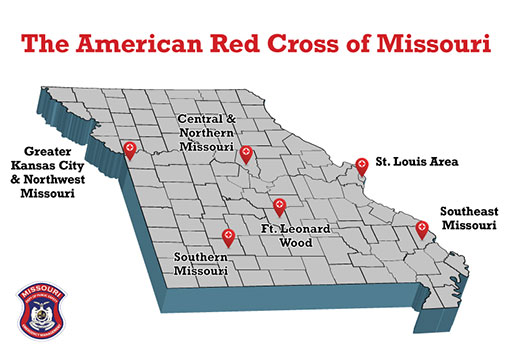Severe Thunderstorms
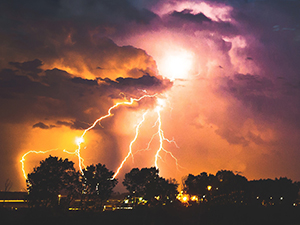 Thunderstorms accompanied by lightning, high winds, and hail are frequent occurrences in Missouri during the spring and summer months. Thunderstorms may occur singly, in clusters, or in lines. Some of the most severe thunderstorms occur when a single thunderstorm affects one location for an extended time, and they can prove deadly. In July 2023, two people in the St. Louis area were killed in separate instances after massive trees uprooted by a severe storm fell onto a house and a car. The storm led to widespread power outages that took days to restore. That same month, another individual was killed when a tree crushed a camper during a round of severe storms in southwest Missouri.
Thunderstorms accompanied by lightning, high winds, and hail are frequent occurrences in Missouri during the spring and summer months. Thunderstorms may occur singly, in clusters, or in lines. Some of the most severe thunderstorms occur when a single thunderstorm affects one location for an extended time, and they can prove deadly. In July 2023, two people in the St. Louis area were killed in separate instances after massive trees uprooted by a severe storm fell onto a house and a car. The storm led to widespread power outages that took days to restore. That same month, another individual was killed when a tree crushed a camper during a round of severe storms in southwest Missouri.
Thunderstorms typically produce heavy rain for 30 minutes to an hour. Warm, humid conditions are highly favorable for thunderstorm development. About 10 percent of thunderstorms are classified as “severe” — one that produces hail at least three-quarters of an inch in diameter, winds of 58 miles per hour or higher, or a tornado.
Large hailstones can fall at speeds faster than 100 miles per hour and cause significant damage to your home and property. Even hailstones the size of dimes can result in dented cars, damaged roofs, and broken windows. One of the costliest hailstorms in U.S. history struck east central Missouri on April 10, 2001, causing more than $1 billion in damage.
Lightning is also dangerous, often striking outside of heavy rain and occurring as far as 10 miles away from any rainfall. "Heat lightning" is actually lightning from a thunderstorm too far away for thunder to be heard. However, the storm may be moving in your direction. Most lightning deaths and injuries occur when people are caught outdoors in the summer months during the afternoon and evening. Your chances of being struck by lightning are estimated to be 1 in 600,000, but can be reduced even further by following safety precautions. Lightning strike victims carry no electrical charge and should be attended to immediately.
Familiarize yourself with these terms to help identify a thunderstorm hazard:
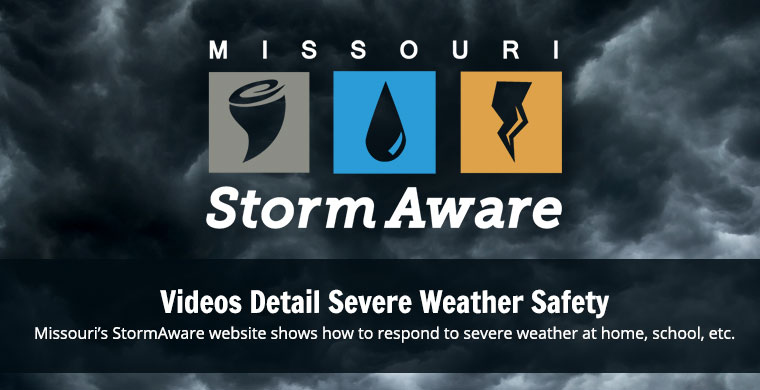
Please visit Missouri's StormAware page at stormaware.mo.gov for more information about tornado safety.
- Severe Thunderstorm Watches are issued to tell you when and where severe thunderstorms are likely to occur.
- Severe Thunderstorm Warnings are issued when severe weather has been reported by spotters or indicated by radar. Warnings indicate imminent danger to life and property to those in the path of the storm.
Preparedness tips before a thunderstorm
Create a plan for you and your family in the event of a thunderstorm—at home, at work and at relatives’ or friends’ homes that you visit frequently. Always be alert to changing weather conditions.
Remember, the following are guidelines if a thunderstorm is likely in your area:
- Listen to radio, television, or NOAA Weather Radio for weather reports and emergency information.
- Postpone outdoor activities.
- Remember "If thunder roars, go indoors" because no place outside is safe when lightning is in the area. Everyone should stay indoors until 30 minutes after they hear the last clap of thunder.
- Get inside a home, building, or hard top automobile (not a convertible). Although you may be injured if lightning strikes your car, you are much safer inside a vehicle than outside.
- Unplug appliances and other electrical items such as computers and turn off air conditioners. Power surges from lightning can cause serious damage.
- Move vehicles, patio furniture, garbage cans, etc. into the garage and secure any other outdoor objects that could blow away or cause damage
- Shutter windows and secure outside doors. If shutters are not available, close window blinds, shades, or curtains.
- Long-term preparations: Remove dead or rotting trees and branches that could fall and cause injury or damage during a severe thunderstorm.
What to do during a thunderstorm
After getting inside a home or building:
- Avoid showering or bathing and any contact with plumbing. Plumbing and bathroom fixtures can conduct electricity. Do not wash your hands, wash dishes or do laundry.
- Cordless and cellular telephones are safe to use. Use a corded telephone only for emergencies.
- Avoid contact with electrical equipment or cords.
- Stay away from windows and doors, and stay off porches.
- Because concrete conducts electricity, do not lie on concrete floors and do not lean against concrete walls.
- Everyone should stay indoors until 30 minutes after they hear the last clap of thunder.
If you find yourself outside when a thunderstorm hits, avoid the following:
- Remember, rubber-soled shoes and rubber tires provide NO protection from lightning. However, the steel frame of a hard-topped vehicle provides increased protection if you are not touching metal.
- Natural lightning rods such as a tall, isolated tree in an open area.
- Hilltops, open fields, the beach, or a boat on the water.
- Isolated sheds or other small structures in open areas.
- Anything metal—tractors, farm equipment, motorcycles, golf carts, golf clubs, and bicycles.
If you are in certain situations, do the following:
- In a forest, seek shelter in a low area under a thick growth of small trees.
- In an open area, go to a low place such as a ravine or valley. Be alert for flash floods.
- On open water, get to land and find shelter immediately.
- Anywhere you feel your hair stand on end (which indicates that lightning is about to strike), squat low to the ground on the balls of your feet. Place your hands over your ears and your head between your knees.
What to do if you have unmet needs following a thunderstorm
Throughout the recovery period, it is important to monitor local radio or television reports and other media sources for information about where to get emergency housing, food, first aid, clothing, and financial assistance. The following section provides general information about the kinds of assistance that may be available.
Direct Assistance
Direct assistance to individuals and families may come from any number of organizations, including:

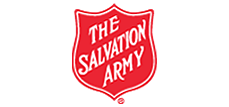

Missouri chapters of the Red Cross:
- Greater St. Louis
- Central and Northern Missouri
- Southeast Missouri
- Greater Kansas City and Northwest Missouri
- Southern Missouri
- Ft. Leonard Wood
Other volunteer and faith-based organizations
These organizations provide food, shelter, supplies and assist in clean-up efforts.
Detailed additional information can be found at the following websites:
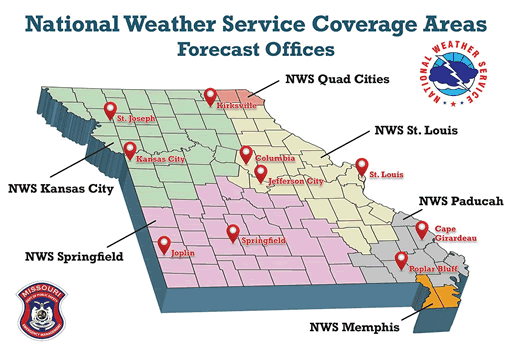
- National Weather Service – St. Louis Office
- National Weather Service – Kansas City Office
- National Weather Service – Springfield Office
- National Weather Service – Paducah Office
- National Weather Service – Memphis Office
- National Weather Service – Quad Cities Office
Missouri's Ready in 3 Program also provides free family safety guides to help prepare your family and household or call (573) 526-4768 to order a free family safety guide. The family safety guide is available in several languages.

